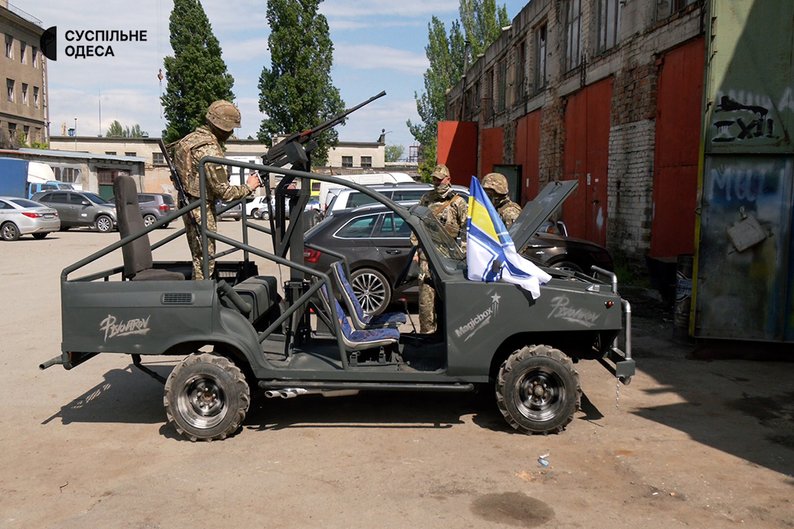
In Odessa, they manufacture buggies for the military – maneuverable, fast, and lightweight vehicles designed for off-road use. One of the latest buggies was delivered to the Naval Forces servicemen who use them in mobile units to hunt Russian drones. They are currently working on several new vehicles simultaneously.
SUSPILNE (a public news agency) met with Alexander Hryniuk, the head of the "Masters of Indomitability" project, to learn about the inception of the production and what else they are working on.
The first buggy was made using a VAZ 2108 at the request of the Special Operations Forces. Since then, there has been consistent demand for such vehicles.
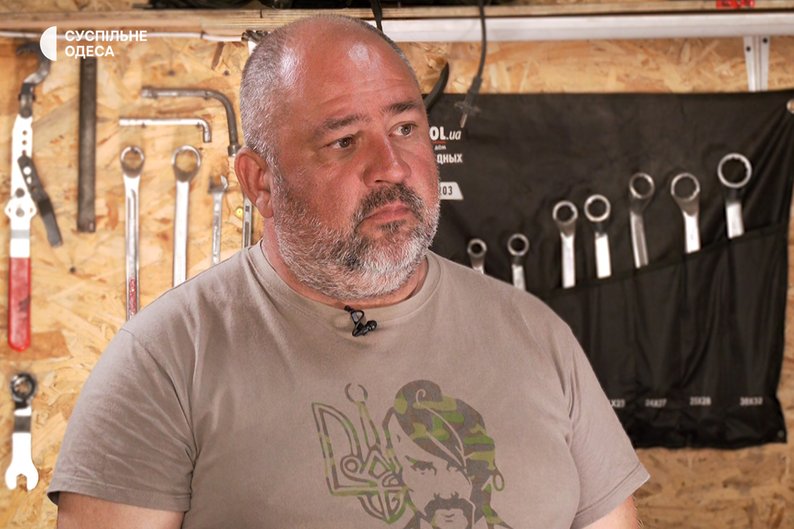
"We carefully calculated everything and said, 'Yes, we can do this.' We received two orders for the Special Operations Forces. The first buggy was made using a VAZ 2108. We removed the engine, suspension, and bought some parts. Its technical specifications include off-road capability, speed, and reliability," recalls Alexander Hryniuk.
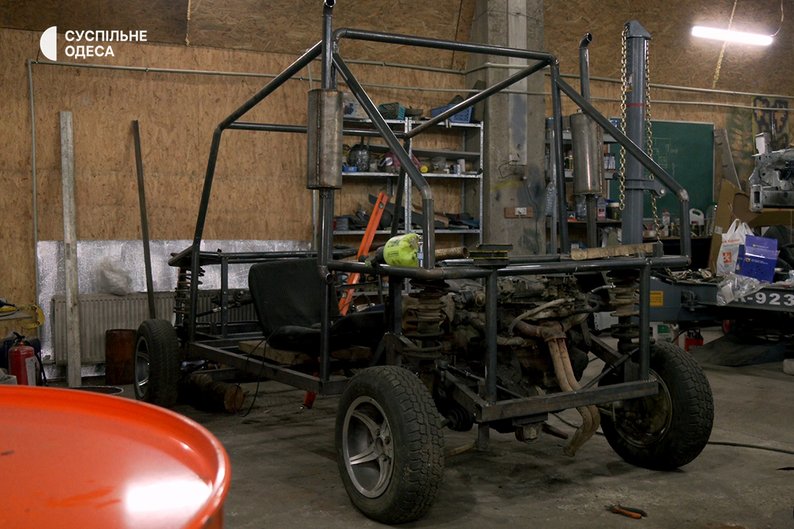
According to Hryniuk, one buggy can be manufactured within two to three weeks if they work on it daily. However, they are currently working on several of these vehicles simultaneously, which increases production time.
During the manufacturing of these buggies, their off-road capability is a crucial element.
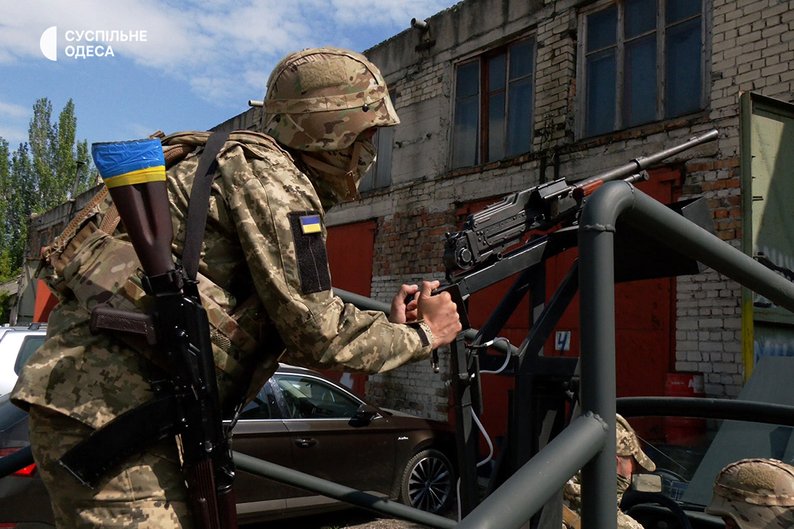
"We designed the machine gun installation to work off-road, allowing it to travel on sand and fields. It's maneuverable and fast, so it can be concealed during a landing. When an air raid alarm sounds, the machine starts quickly, rushes out, performs its duties, and changes its location," explained Hryniuk.
Hryniuk explained that the production of buggies is a side project for him and his team. They come to the workshop a few hours earlier every day to plan the workloads.
"I leave work at different times. Sometimes it's at 9 in the evening, and sometimes it turns out that I need to make it before curfew. The guys and I work on Saturdays and Sundays as well," shared Alexander.
The workers in the workshop are not working for free; they all have families, as noted by Hryniuk.
"People come, and sometimes there is additional work. In this way, we gather money for life and spare parts for the military. We have a box where we collect funds that we have managed to gather."
Apart from buggies, the workshop takes on other projects. For example, they are working on a mobile barbershop.
"There is an owner of such establishments in Odessa. They used to go to the front lines to give haircuts to the soldiers. It was inconvenient, so I proposed to make a mobile barbershop on wheels. We are working on it now. We just need to finish the interior, connect water. I think we will be done in a week and a half, and it will go there," said Alexander Hryniuk.
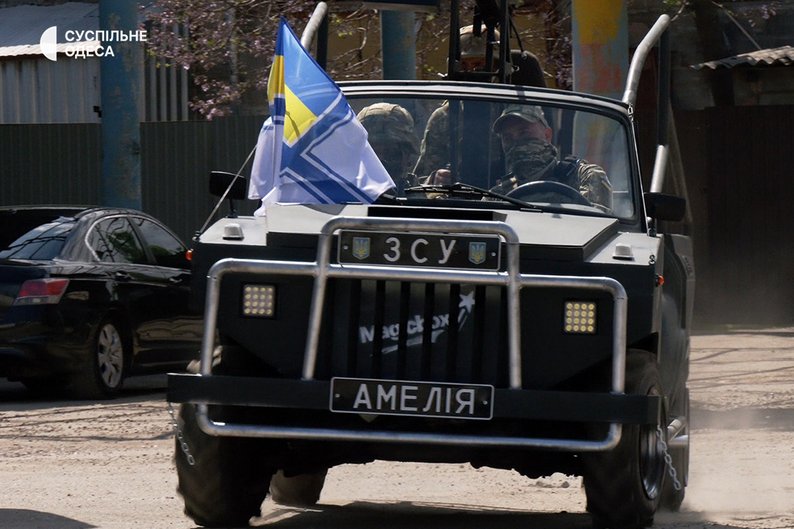
Background: The first officially known application of buggies in military conflicts was in 1990-1991 during the Gulf War as part of Operation "Desert Storm." They were used by American and British soldiers and were three-seater Fast Attack Vehicles. Following this, other advanced armies around the world adopted the concept, including Israel, Austria, Australia, France, and the United Arab Emirates. In the United States, for example, there are over ten different types of buggies in use. In Ukraine, this niche is mainly filled by volunteer-produced models, primarily based on VAZ vehicles.

вологість:
тиск:
вітер:
0 Comments
To add the comment